Table of Contents
ToggleIntroduction to PDO Thread Lifts
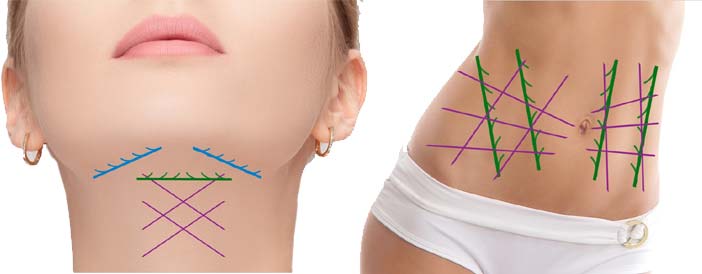
PDO thread lift is a minimally invasive cosmetic procedure that has gained significant popularity in recent years as a non-surgical alternative to traditional facelifts. This innovative technique utilizes dissolvable polydioxanone (PDO) sutures to lift and tighten the skin, providing a more youthful and rejuvenated appearance without the need for extensive surgery.
The development of PDO thread lifts has revolutionized the field of facial rejuvenation, offering patients a safe and effective option that addresses common signs of aging, such as sagging skin, wrinkles, and loss of facial volume. By strategically placing these dissolvable threads beneath the skin, the procedure can lift and contour various areas of the face, including the cheeks, jawline, and brows, without the extensive downtime and recovery associated with traditional surgical facelifts.
What is PDO Thread Lift?
A PDO thread lift is a non-surgical cosmetic procedure that utilizes dissolvable polydioxanone (PDO) sutures to lift and tighten the skin. These threads are inserted beneath the skin using a small needle or cannula, creating a subtle, yet effective, lift and contour. The threads are designed to stimulate the body’s natural collagen production, leading to improved skin elasticity and a more youthful appearance over time.
History and Development of PDO Thread Lifts
The concept of using sutures to lift and rejuvenate the skin is not new, but the development of PDO threads has significantly improved the efficacy and safety of this approach. PDO threads were initially used in medical procedures, such as wound closures and organ fixation, before being adapted for cosmetic applications.
The first use of PDO threads for facial rejuvenation was reported in the late 1990s in South Korea, where the technique gained widespread popularity. Over the years, the procedure has evolved, with the introduction of various thread types, insertion techniques, and customized treatment approaches to address the unique needs of individual patients.
Today, PDO thread lifts are performed by trained and experienced practitioners worldwide, offering a non-surgical alternative to traditional facelifts that can provide natural-looking results with minimal downtime.
Anatomy of the Face Related to PDO Thread Lifts
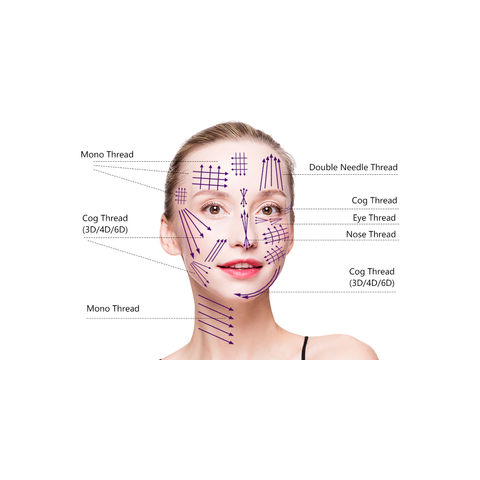
The human face is a complex and intricate structure, comprising a delicate balance of various anatomical structures, including muscles, fat pads, and connective tissue. Understanding the facial anatomy and the changes that occur with age is crucial for the successful application of PDO thread lifts.
Key Facial Anatomical Structures
The face can be divided into several key anatomical structures, each playing a crucial role in the overall appearance and function of the face. These include the:
- Skin
- Muscles (e.g., frontalis, orbicularis oculi, platysma)
- Fat pads (e.g., buccal, malar, temporal)
- Bones (e.g., maxilla, mandible, orbital)
- Fascia and connective tissue
The intricate interplay between these structures contributes to the youthful, rejuvenated appearance of the face.
Age-Related Changes in Facial Anatomy
As we age, the facial anatomy undergoes a series of changes that can lead to the appearance of common signs of aging, such as sagging skin, wrinkles, and loss of volume. These changes are primarily driven by factors like:
- Gravity
- Decreased collagen and elastin production
- Redistribution of facial fat pads
- Muscle atrophy
- Bone resorption
Understanding these age-related changes in facial anatomy is crucial for the effective application of PDO thread lifts, as the procedure aims to address and counteract these alterations to restore a more youthful, rejuvenated appearance.
The Science Behind PDO Threads Lifts

The science behind PDO thread lifts lies in the unique properties and mechanisms of action of the polydioxanone (PDO) sutures used in the procedure. These dissolvable threads possess a remarkable ability to lift and tighten the skin, while also stimulating the body’s natural collagen production for long-lasting results.
Types of PDO Threads
PDO threads come in a variety of configurations, each designed to address specific facial concerns and provide targeted lifting and contouring effects. The most common types of PDO threads include:
- Mono threads: These are single, straight threads that provide a subtle lift and tightening effect.
- Cog threads: These threads have barbs or cones along the length of the thread, allowing for a more secure hold and stronger lifting power.
- Screw threads: These threads have a spiral or corkscrew-like design, creating a more volumizing and sculpting effect.
- Combination threads: These threads combine different types of PDO threads, such as mono and cog, to achieve a comprehensive facial rejuvenation.
Mechanism of Action PDO Threads Lifts
The mechanism of action behind PDO thread lifts is multifaceted, involving both immediate and long-term effects on the skin and underlying facial structures. When the PDO threads are inserted beneath the skin, they:
- Provide an immediate lifting and tightening effect by physically suspending the skin and underlying tissues.
- Stimulate the body’s natural wound healing response, triggering the production of new collagen and elastin fibers.
- Gradually dissolve over time, leaving behind a network of newly formed collagen and elastin, which helps to maintain the lifted and rejuvenated appearance.
This dual mechanism of action, combined with the customizable nature of PDO threads, allows practitioners to achieve personalized and natural-looking results for each patient.
Benefits of PDO Thread Lifts

PDO thread lifts offer a range of benefits that have contributed to their growing popularity as a non-surgical facial rejuvenation option. These benefits include:
Non-Surgical Facelift Alternative
PDO thread lifts provide a minimally invasive alternative to traditional surgical facelifts, allowing patients to achieve a lifted, more youthful appearance without the need for extensive surgery and lengthy recovery times.
Minimal Downtime and Recovery
Compared to surgical facelifts, PDO thread lifts typically have a much shorter recovery period, with most patients able to resume normal activities within a few days to a week. This makes the procedure an attractive option for individuals with busy lifestyles who desire a rejuvenated appearance without significant disruption to their daily routines.
Indications for PDO Thread Lifts
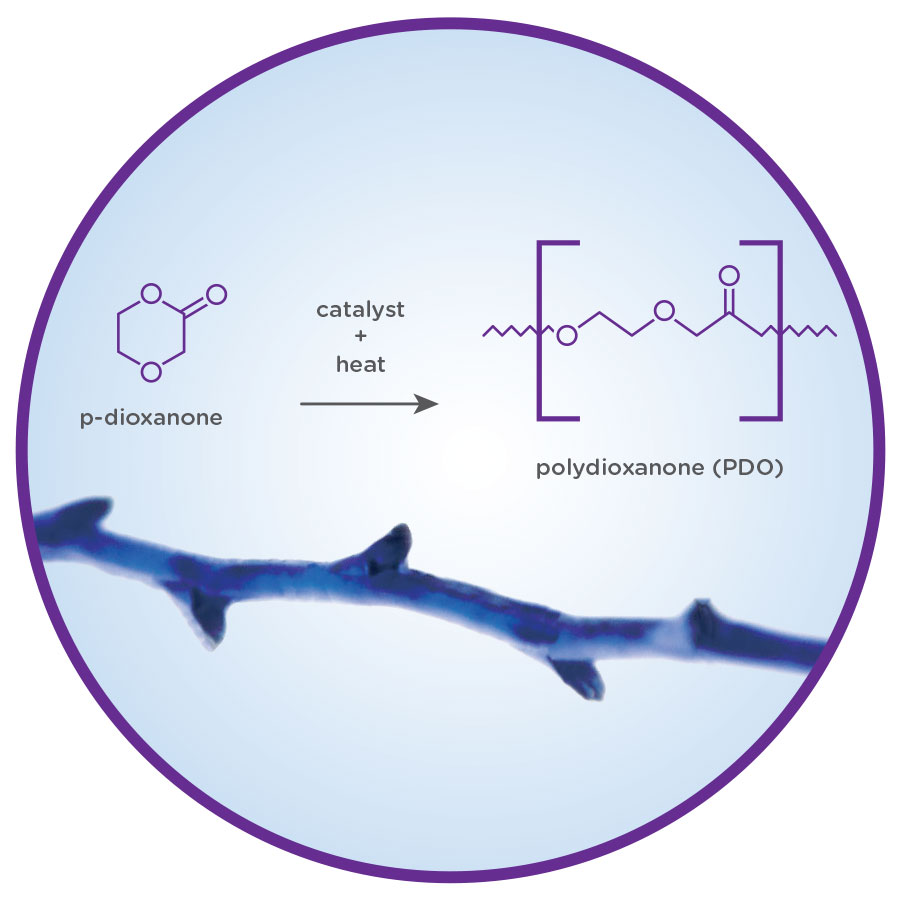
PDO thread lifts are suitable for a wide range of patients seeking to address various signs of facial aging. The procedure is particularly well-suited for individuals who:
Suitable Candidates
- Exhibit early to moderate signs of facial aging, such as mild to moderate skin laxity, wrinkles, and loss of facial volume
- Desire a non-surgical alternative to traditional facelifts
- Have realistic expectations and are in good overall health
Common Areas Treated
PDO thread lifts can be used to address a variety of facial concerns, including:
- Sagging or loose skin in the cheeks, jowls, and neck
- Drooping brows or hooded eyelids
- Nasolabial folds (laugh lines)
- Marionette lines (lines extending from the corners of the mouth)
- Loss of facial volume and contour
By targeting these specific areas, PDO thread lifts can help to restore a more youthful, rejuvenated appearance while maintaining a natural-looking result.
The Procedure Explained PDO Threads Lifts
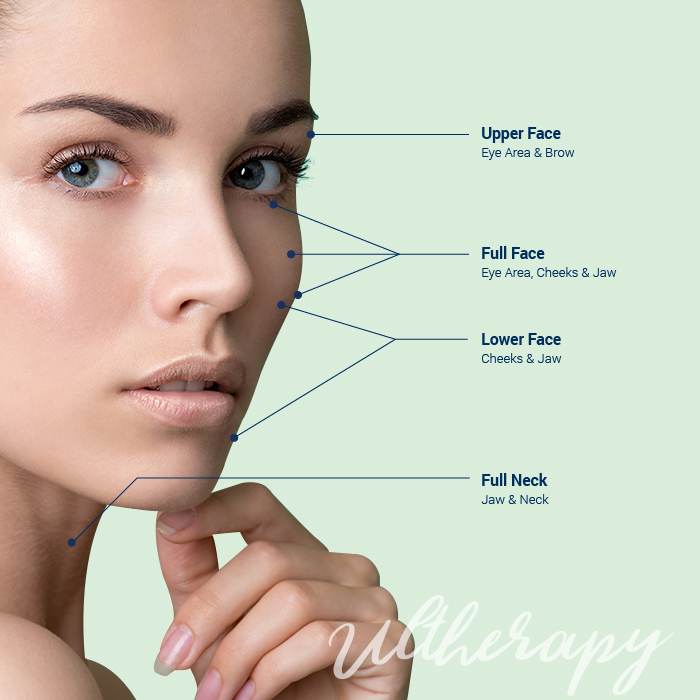
The PDO thread lift procedure is a meticulously planned and executed process that requires the expertise of a trained and experienced practitioner. Understanding the step-by-step process can help patients feel more informed and confident about the procedure.
Pre-Procedure Consultations
Before the actual PDO thread lift procedure, patients will typically undergo a comprehensive consultation with the treating practitioner. During this consultation, the practitioner will:
- Assess the patient’s facial anatomy and overall health
- Discuss the patient’s aesthetic goals and expectations
- Recommend the most suitable treatment plan, including the type and placement of PDO threads
- Outline the potential risks and complications associated with the procedure
- Provide detailed pre-procedure instructions, such as any necessary medication adjustments or avoidance of certain treatments
This thorough consultation process is essential for ensuring the safety and efficacy of the PDO thread lift procedure.
Step-by-Step Process of PDO Thread Lifting
The PDO thread lift procedure typically involves the following steps:
- Anesthesia and numbing: The treatment area is numbed using a local anesthetic to ensure the patient’s comfort during the procedure.
- Thread insertion: Using a small needle or cannula, the practitioner carefully inserts the PDO threads beneath the skin, strategically positioning them to achieve the desired lifting and contouring effects.
- Adjustment and fixation: The threads are then adjusted and secured in place to ensure the optimal lift and repositioning of the skin and underlying tissues.
- Completion and aftercare: Once the procedure is complete, the practitioner will provide detailed instructions on post-procedure care, including any necessary follow-up appointments.
The entire PDO thread lift procedure is typically completed within 60-90 minutes, depending on the complexity of the treatment plan and the number of threads used.
Understanding the PDO Thread Lift Diagram

A PDO thread lift diagram is a visual representation of the various components and techniques involved in the procedure. This diagram can be a valuable tool for both patients and practitioners, as it helps to illustrate the key elements of the treatment and facilitate a better understanding of the process.
Elements of a PDO Thread Lift Diagram
A typical PDO thread lift diagram may include the following elements:
- Facial anatomy: The diagram may depict the various structures of the face, such as the skin, muscles, fat pads, and bony landmarks, to provide context for the placement of the PDO threads.
- Thread types: The diagram may showcase the different types of PDO threads (e.g., mono, cog, screw) and their unique features, highlighting how each thread is designed to address specific areas of concern.
- Thread placement: The diagram may illustrate the strategic placement of the PDO threads beneath the skin, showing the entry and exit points, as well as the direction and pattern of the thread placement.
- Lifting and contouring: The diagram may depict the lifting and contouring effects achieved through the placement of the PDO threads, showcasing the before and after results.
Interpretation of the Diagram
By understanding the key elements of a PDO thread lift diagram, patients can gain a better understanding of the procedure and how it works to achieve the desired aesthetic results. The diagram can help patients visualize the process, ask more informed questions during the consultation, and feel more confident in their decision to undergo the treatment.
For practitioners, the PDO thread lift diagram serves as a valuable tool for planning and executing the procedure, allowing them to precisely map out the thread placement and anticipate the expected outcomes.
Post-Procedure Expectations PDO Threads Lifts
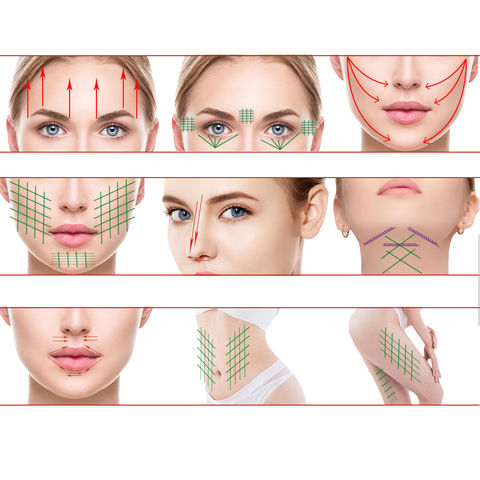
After undergoing a PDO thread lift, patients can expect a range of immediate and long-term effects, as well as specific aftercare recommendations to ensure optimal results and a smooth recovery process.
Immediate Aftercare
Immediately following the PDO thread lift procedure, patients may experience some mild discomfort, swelling, and bruising in the treated areas. The practitioner will provide detailed instructions on proper aftercare, which may include:
- Applying cold compresses to reduce swelling and discomfort
- Avoiding strenuous physical activity for the first few days
- Keeping the treatment area clean and following any specific cleansing routines
- Adhering to any prescribed medications or topical treatments
Most patients can resume their normal daily activities within a few days, though the specific recovery timeline may vary depending on the individual and the extent of the procedure.
Long-Term Care Recommendations
In the weeks and months following the PDO thread lift, patients will need to continue to follow their practitioner’s recommendations for long-term care. This may include:
- Attending follow-up appointments to monitor the results and address any concerns
- Maintaining a healthy lifestyle, including a balanced diet and regular exercise, to support the body’s natural collagen production
- Protecting the skin from sun exposure by using sunscreen and wearing protective clothing
- Avoiding certain activities or treatments that could potentially compromise the results, such as facial massages or other invasive cosmetic procedures
By adhering to these long-term care recommendations, patients can help to ensure the longevity and optimal results of their PDO thread lift.
Potential Risks and Complications of PDO Threads Lifts
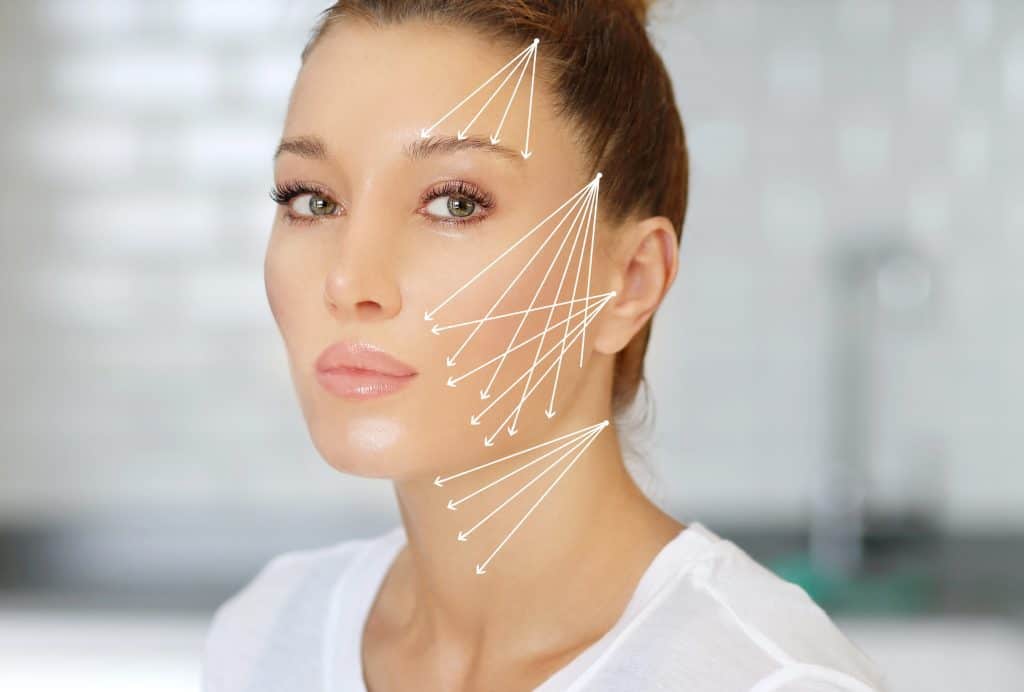
While PDO thread lifts are generally considered a safe and effective procedure, there are potential risks and complications that patients should be aware of. Proper patient selection, meticulous technique, and close follow-up are crucial in minimizing the likelihood of these issues.
Common Side Effects
Some common, minor side effects that patients may experience after a PDO thread lift include:
- Temporary swelling, bruising, and redness in the treated areas
- Discomfort or mild pain during the initial recovery period
- Temporary numbness or tingling sensations in the treated areas
These side effects are typically mild and resolve on their own within a few days to a week.
Serious Complications to be Aware Of
While rare, there are some more serious complications that can occur with PDO thread lifts, such as:
- Thread extrusion or visibility: In some cases, the threads may become visible or protrude through the skin, requiring additional treatment or removal.
- Infection: As with any invasive procedure, there is a risk of infection, which can be mitigated through proper sterilization techniques and post-procedure care.
- Nerve damage: Improper placement of the threads may result in temporary or permanent nerve damage, leading to issues like facial asymmetry or paralysis.
- Skin necrosis: In rare cases, the skin may not receive adequate blood supply, leading to tissue death or necrosis.
Patients should discuss these potential risks and complications with their practitioner during the pre-procedure consultation to ensure they have a clear understanding of the procedure and its associated risks.
Comparison with Other Cosmetic Procedures
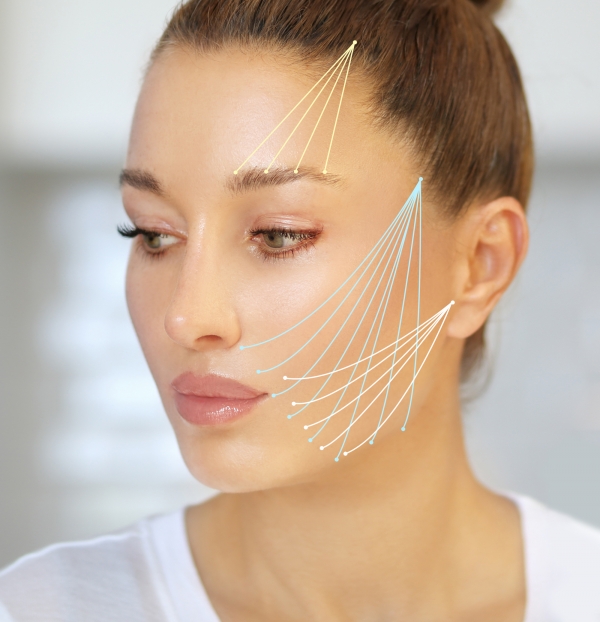
To provide a more comprehensive understanding of PDO thread lifts, it is important to compare them to other popular cosmetic procedures, such as traditional facelifts and dermal fillers.
PDO Thread Lift vs. Traditional Facelifts
The key differences between PDO thread lifts and traditional facelifts include:
- Invasiveness: PDO thread lifts are minimally invasive, while traditional facelifts involve more extensive surgical intervention.
- Recovery time: PDO thread lifts typically have a shorter recovery period, with most patients able to resume normal activities within a week, compared to the longer downtime associated with traditional facelifts.
- Results: PDO thread lifts provide a more subtle, natural-looking result, while facelifts can achieve a more dramatic transformation.
- Longevity: The results of PDO thread lifts may not be as long-lasting as those of a traditional facelift, but they can still provide significant and long-lasting improvements.
PDO Thread Lift vs. Dermal Fillers
The primary differences between PDO thread lifts and dermal fillers include:
- Mechanism of action: PDO threads physically lift and tighten the skin, while dermal fillers add volume to specific areas of the face.
- Longevity: The effects of PDO thread lifts can last for 12-18 months, while the results of dermal fillers typically last 6-12 months.
- Treated areas: PDO threads are better suited for addressing issues like skin laxity and sagging, while dermal fillers are more effective for addressing volume loss and fine lines.
- Invasiveness: PDO thread lifts are more invasive than dermal filler injections, but they can provide more comprehensive and longer-lasting results.
Understanding these key differences can help patients make an informed decision about which cosmetic procedure is the best fit for their individual needs and aesthetic goals.
Case Studies and Results

To provide a more tangible understanding of the potential outcomes of PDO thread lifts, it is valuable to examine real-world case studies and examples of patient results.
Before and After Illustrations
Carefully curated before and after photographs can effectively demonstrate the transformative effects of PDO thread lifts. These visual aids can showcase the subtle, yet impactful, improvements in facial contour, skin tightness, and overall rejuvenation that can be achieved through this procedure.
Patient Testimonials
Hearing directly from patients who have undergone PDO thread lifts can provide valuable insights into the treatment experience and the resulting benefits. Patient testimonials can highlight their motivations for seeking the procedure, their level of satisfaction with the outcomes, and any noteworthy improvements in their confidence and self-perception.
By reviewing these case studies and patient experiences, potential PDO thread lift candidates can gain a more realistic expectation of the procedure’s capabilities and the types of results they can realistically achieve.
Conclusion on PDO Thread Lifts Diagrams
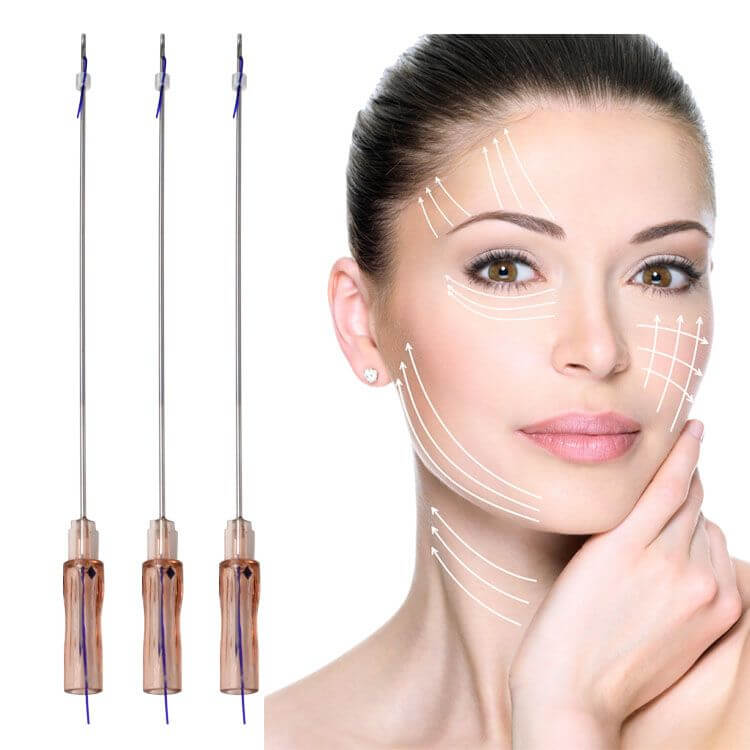
PDO thread lifts have emerged as a transformative non-surgical solution for addressing the signs of facial aging. Through the strategic placement of dissolvable polydioxanone threads beneath the skin, practitioners can achieve a natural-looking lift and contour, without the extensive downtime and recovery associated with traditional facelifts.
The PDO thread lift diagram serves as a valuable tool for both patients and practitioners, providing a visual representation of the key elements of the
Contact us via other platforms if you have any questions or requests that need to be answered quickly.
Tiktok: www.tiktok.com/@lunabeautyacademy6
Hotline: 034 254 0228
Email: lunabeautyacademy@gmail.com
Address: No. 29, Alley 140/1/2, Lane 140 Nguyen Xien, Thanh Xuan, Hanoi
Luna wishes you success and hopes you will have the best experiences at the academy. If you need advice or answers about anything, please leave your Contact Information With Us, the Luna team will contact you soon. Thank you for reading this article


















